How play develops pre reading skills
When we think of reading, we think of printed ink on a page, but there is so much more that you can do to prepare your child for reading.
Pre-reading skills, just like when we explored ‘emergent writing’, are made up of number of building blocks, all of which should be achieved before children can be formally taught to read. At KTB Kids we strongly believe that learning experiences for young children should be fun and engaging. Our children in nursery don’t realise they are learning- they are just having fun! Our practice is very much inspired by the famous quote by Fred Rogers:
“Play is often talked about as if it were a relief from serious learning. But for children play is serious learning. Play is really the work of childhood.”
Singing and storytelling are some of the easiest and most effective ways of supporting pre-reading development. All our educators will chat away in funny voices as they flick through picture books and we love singing and signing to songs and nursery rhymes. We even sing together in French, Spanish and German! We also encourage children to listen to audio stories together with an educator. These activities spark communication and literacy learning and essentially it is the ideas and questions that these activities promote that create the foundation for developing reading skills.
How we support pre-reading in nursery
In nursery our children enjoy a variety of play based activities to promote pre-reading skills. Let’s explore them here:
Exposing children to printed material
Our beautiful cosy book areas throughout the nursery are really important to us and we take time to ensure that they are inviting and comfortable, encouraging children to explore books and printed material alone or with friends. Children are always supported to access and respect these areas. We rotate our books frequently so that they often include a new range of stories and reference books. We know our children really well, so it’s also easy for us to ensure that our book collection will engage the children in the room – we need to inspire our children to look at the print and we do this by tapping into their interests. We now also display our daily menus on the dining tables so children are able to look at what meals they have coming up on that day. Although they may not be able to read them yet, they understand that the print carries meaning, and they can ask educators to tell them what it says or to point out certain key words.
Like with writing, an understanding that symbols (letters and words) convey meaning is essential when learning to read. Within the nursery, we encourage this by using pictures to represent words. These can be found on drawer labels, in science experiments, baking recipes and shopping lists. Our children are also supported to identify different signs when on daily outside adventures, discussing what each sign means, so they can ‘read’ long before they know what words say.
All the children in upper nursery also have a placemat for mealtime with their name printed on. This naturally supports children to recognise the letters in their name. A precious box or sign for a child’s room at home will identify a child’s special belongings or space and will have the same effect for pre-reading.
Developing listening skillsOne of our regular activities on our daily outdoor adventure is to encourage the children to listen for, talk about and repeat the different environmental sounds they can hear. This is an important skill to have when learning phonics and in turn reading. We have random ‘listening moments’ in nursery where we ask the children to stop what they’re doing and listen to all the ambient sounds in the room and from outside. What can they hear? What might be making the noise? Does it sound like something close or far away? This increases their sound discrimination and ability to distinguish between different sounds- something that is essential for learning phonics and, eventually, reading.
Singing simple songs and nursery rhymes is part of our daily routine. We also encourage the children to make up their own songs and to make different sounds with their mouths.
When reading stories and singing songs, we talk to children about which words sounds are the same and different, including discussing which ones start and end with the same letter sounds. This is an excellent early phonics skill.
Children enjoy it when we make up silly alliteration rhymes using the initial letter of their name, and quickly learn to join in too. For example, our “Mighty Max makes many maple muffins” whilst “Restless Robyn races round really rough roads”!
Storytelling
A popular activity with our preschool children is helicopter stories. Children are encouraged to create their own stories based on their own ideas, discussing plot and characters, as when it comes to reading it is important that children understand how stories are structured. We have lots of printed stories in our upper nursery that our children have created themselves.
An essential indicator that a child is ready to start reading simple three-letter words is that they will begin to point out words in the environment, in books or on paper and name them. Typically, this will begin with their own name and other names that are familiar to them. Once a child is doing this, you can begin breaking simple three-letter words down into individual sounds and your child can guess the word. With time they will start doing this independently.
Of course, literacy is important, but remember, you cannot rush a child to learn to read or write- all the building blocks need to be in place first. Just like any tower, if the lower bricks aren’t in place, the whole thing will come crashing down.
